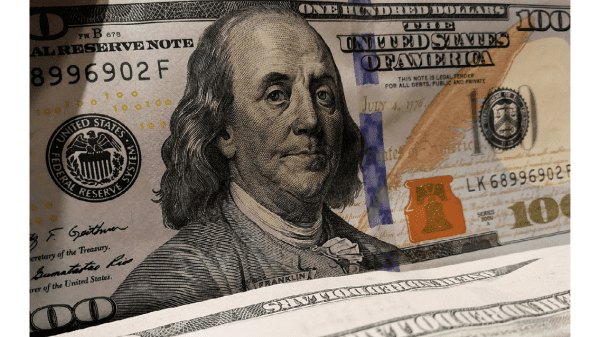Inflation in food prices this year will not exactly be grinding to a halt, according to USDA’s Economic Research Service (ERS), but it will measurably slow down.
The ERS forecast, as of Dec. 25, is that food prices will inflate at a rate of 2-3 percent in 2022, as opposed to 6.1 percent between November 2020 and November 2021.
Prices for fresh fruits and vegetables are expected to grow 1.5-2.5 percent this year. The equivalent figure from November 2020 to November 2021 was 4 percent.
Prices for fresh fruit are forecast to rise 1-2 percent, as opposed to 5.8 percent from November 2020 to November 2021.
Prices for fresh vegetables are expected to increase 2-3 percent this year; the increase from November 2020 to November 2021 was 2.2 percent.

Now that you know these figures, let me ask you a question: do you believe them?
These modest rises in inflation appear to assume that the supply chain will return to normal almost immediately. Such is the impression left by John Williams, chairman of the Federal Reserve Bank of New York, in a recent speech: “With growth slowing and supply constraints gradually being resolved, I expect inflation to drop to around 2.5 percent this year.”
Like those of other Federal Reserve officials, Williams’ comments cannot be taken completely at face value. Someone in his position is not merely making predictions about the future: his predictions strongly influence the future. He has to take that into account in his public statements.
But the supply chain crisis does not seem to be ending—certainly not immediately. From the news sources I consult, it seems to be dwindling somewhat, but even viewed optimistically, the situation will probably not return to normal before the end of the year.
In any event, even if prices for fresh fruits and vegetables continue to increase, that isn’t much of a consolation to growers and shippers. Is a 5.8 percent increase (as it was for fruits last year) much help to you when it’s costing an extra $5,000 to send a truckload of produce from Salinas to New York?
These inflation forecasts are not terribly persuasive in light of the fact that economists failed to predict the current spike. As Queen Elizabeth II famously said at the London School of Economics after the 2008 crash, “Why did nobody see it coming?”
The answer is obvious: economic forecasts are based on a continuation of past trends, and past trends never continue. There are always shocks, dislocations, cataclysms, whether they take the form of the Sept. 11, 2001 terrorist attacks or the coronavirus.
Economics has long been known as the “dismal science.” If so many of my predictions failed to turn out, I’d be feeling pretty dismal too.



